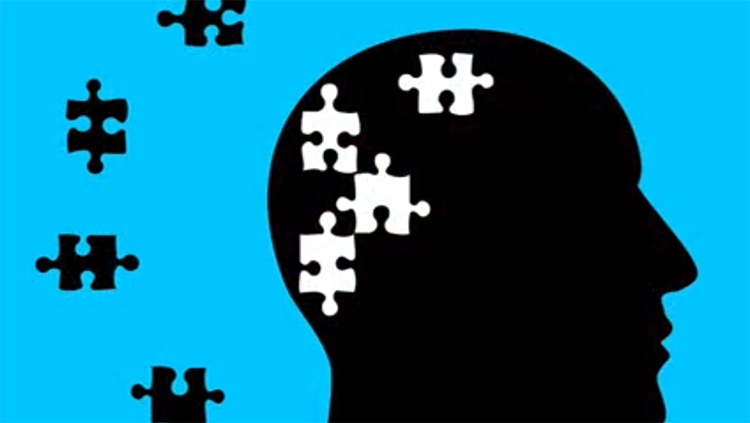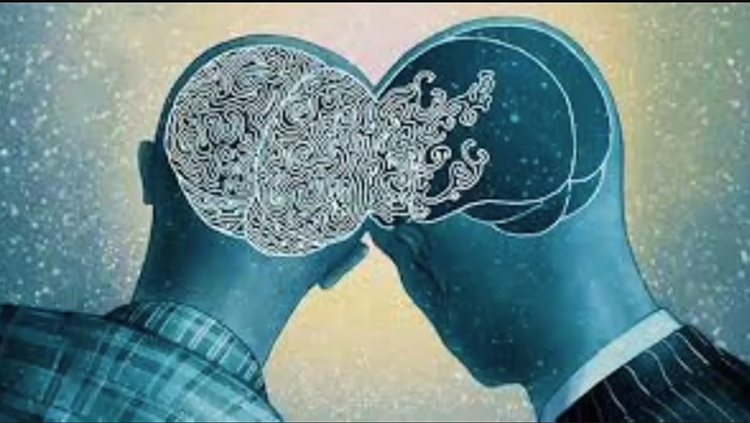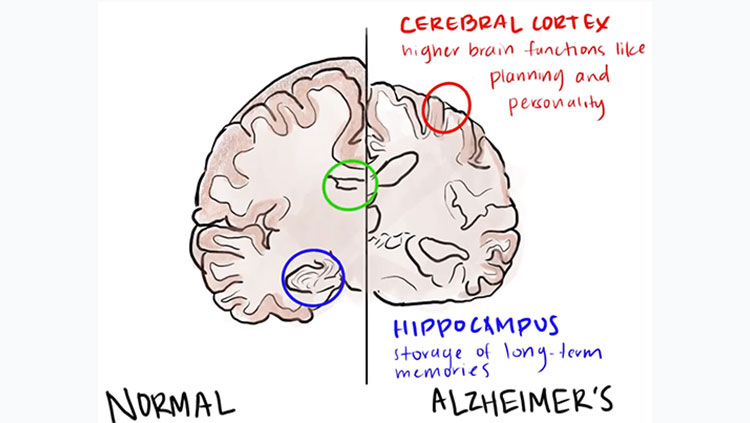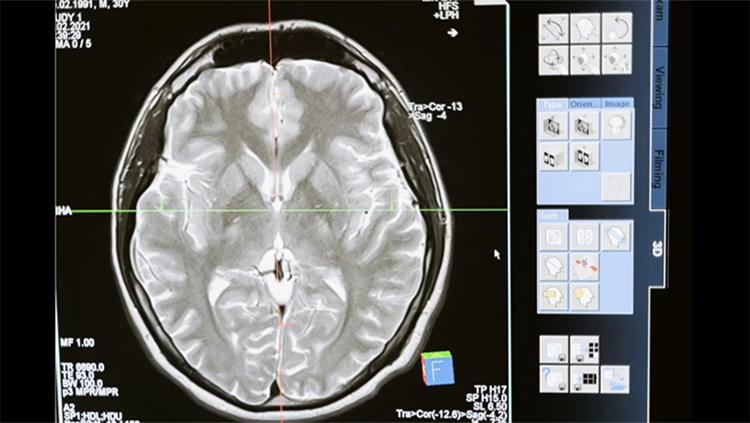Three years ago the New England Journal of Medicine published a remarkable case study: "Cycling for Freezing Gait". The report from doctors in the Netherlands describes a man with severe Parkinson's disease who was virtually unable to walk, but, when put on a bike, rode beautifully, including the ability to turn, raise off the seat for power, and comfortably dismount. The video shows the remarkable dissociation of abilities in this patient.
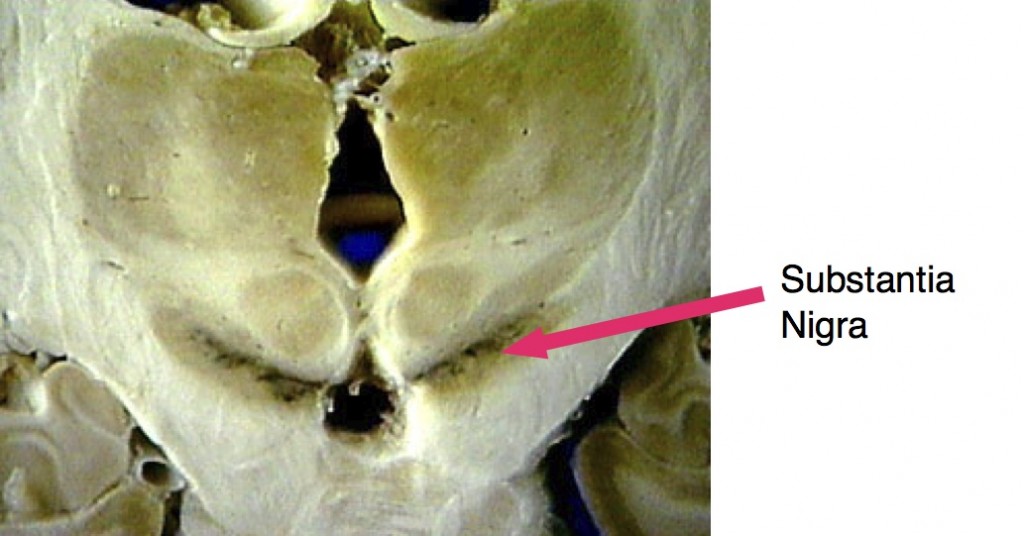
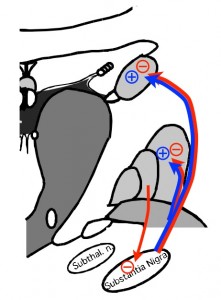
Parkinson's disease is largely due to loss of dopaminergic neurons, most of which are found in the substantia nigra. Deficits are attributed to problems in the basal ganglia circuitry depicted on the figure to the right. The basal ganglia are involved in motor systems, particularly in learned, patterned motor movements. The basal ganglia form a "loop" that feeds back to motor cortex (basal ganglia loops not illustrated). Classically, Parkinson's disease is characterized by diminished motor activity. In addition, when not intending to move, the fingers are in steady motion (tremor at rest). This patient has difficulty in initiating walking, a deficit called "freezing gait".
Recent ideas emphasize the role of the basal ganglia in motor learning and suggest that the basal ganglia function by linking motor actions to internally generated rhythms. Walking and bike riding seem remarkably similar: both are complex, learned motor routines, that have become automatic, are rhythmic and involve a high degree of balance. Why the remarkable difference in function and dysfunction?
The research team suggests that the rhythmic feedback from the pedals may be an important difference. Taking this one-step further, one may speculate that Parkinson's disease is, in part, a deficit in supplying internally generated rhythms, and the pedals, or other external rhythms, may be an external aid. This may be similar to the therapeutic effects of dance or music (as in ipod therapy). I am not an expert on Parkinson's disease or the motor systems. I'm curious about what others think. I especially invite comments suggesting mechanisms. --- * this post has been modified slightly from one in my personal blog: coronaradiata.net. * riding without a helmet is legal in the Netherlands.
Also In Neurodegenerative Disorders
Trending
Popular articles on BrainFacts.org



.jpg)

